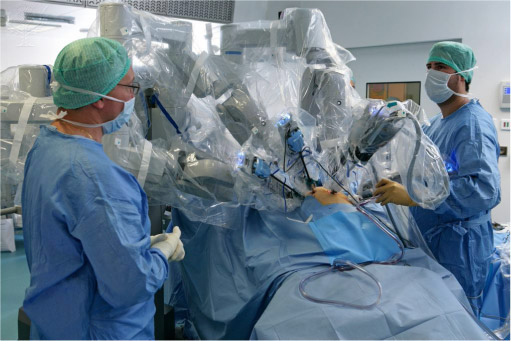3.1 Technological capability
In many of the early RBV studies, the accepted premise was that this ability related to the possession of new technologies and access to technological innovation, and that it was this that delivered competitive advantage for a firm (e.g. Katz, 1984) – hence the focus on technological capability (e.g. Lall, 1992; Bell and Pavitt, 1995). On the basis of this research it was argued that ‘firms that have developed technological capabilities increase their chances of success in relation to those with weak technological capability.’ (Tello-Gamarra and Zawislak, 2013, p. 3). More recent studies have also confirmed a positive relationship between this particular type of capability and an organisation’s ability to innovate and/or perform innovatively (e.g. Coombs and Bierly, 2006; Reichert, et al., 2011). It is therefore worth briefly adding a little more on this particular capability before continuing our review of RBV.
A technological capability has been defined as ‘a body of knowledge, skills, routines and abilities that lead to technological change (innovation) in order that the firm exceeds its competitors.’ (Tello-Gamarra and Zawislak, 2013, p. 4). We can illustrate the existence of a technological capability with the example of hospitals that possess the ability to use robotic surgery. Minimally-invasive (keyhole) surgery has now become routinely used in a range of procedures such as gall bladder, knee operations and hernia repairs. Many of the technologies that have been developed for minimally invasive surgery over the past couple of decades are relatively easy to acquire because of the range of products on the market, but also the relatively large number of staff with experience in the use of the techniques. Robot technology can be seen as a complementary asset to the broader and more commonly held capability of minimally-invasive surgery. A major benefit for hospitals that adopt robot technology – and something that will rely heavily on the organisation’s ability to learn – will be the potential to provide a better service to patients and develop a competitive advantage in systems where hospitals compete against each other to provide services. In this case, a capability in minimally-invasive surgery using robots can potentially create a capability of strategic importance: a ‘core’ capability for a hospital, one that is potentially difficult for other hospitals using traditional minimal-invasive surgery techniques to imitate or develop.

